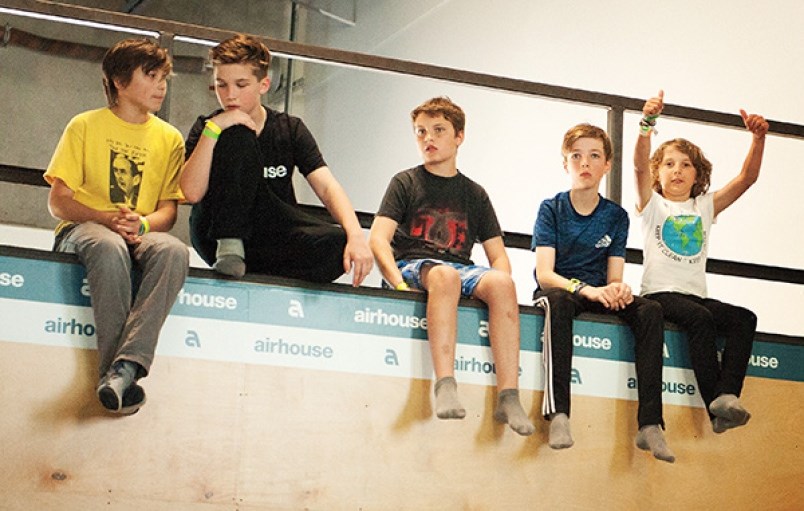Are we listening?
We had special visitors in council chambers last week. One was a little shy, bashfully peeking out from under a protective arm. The other smiled unabashedly. They both giggled, which made us giggle too. We could all do with a little more giggling in our lives.
They are the reason, our raison d’être. Poignantly, they are kids, and they are the reminder of why we do what we do.
About a year ago, council wholeheartedly supported the initiative to develop a children’s charter of rights. This ratified council’s view that the health, safety and wellbeing of children is foundational to our community and that an early childhood lens be put on strategic planning, policy and bylaw development.
It was in support of the Putting Children First Initiative, a collaboration between Sea to Sky Community Services, Squamish Early Years Centre, Vancouver Coastal Health and School District 48 that was funded primarily by VCH and the United Way.
For more than a year, this impressive group worked with the children of our community. More than 750 children participated directly at eight elementary schools and after-school care programs using creative materials, arts activities and toolkits. The ideas were collected and compiled, then the children voted for the statements they felt best represented their ideas.
The results of this voting are the 11 child rights statements that were in front of council.
It was a pretty intuitive and safe initiative for council to endorse. But it came out of a harsh reality.
In early 2015, a few months before this initiative came to council, I attended a workshop where Squamish’s Early Development Indexes (EDI) were outlined. The results shocked me and so I asked that they present to council and ensure that we were not only potently aware of the issue, but supporting their goals through meaningful policy change and actions.
The EDI is a developmental assessment of kindergarten-age children and reflects a child’s early experiences, predicts future performance and highlights areas of strength and vulnerability. It measures physical health and well-being, social competence, emotional maturity, language and cognitive development, and communication skills and general knowledge.
The EDI indicated that between 30 to 44 per cent of children in Squamish are vulnerable. Some areas of town were consistently high and other areas were trending worse. This is simply not acceptable.
The resulting Children’s Charter is a statement of child rights and a call to the community and
decision-makers to support the wellbeing and unique needs of children. It helps make us all mindful and gives voice to children.
But it is only the beginning. It is a statement from our kids, but a call to action for us all.
Visit squamish.ca/healthycommunities.




